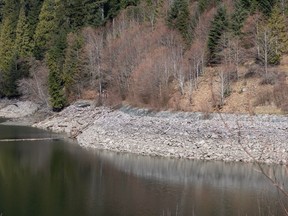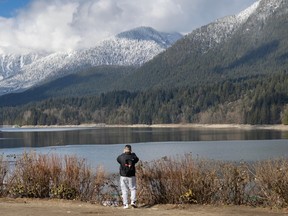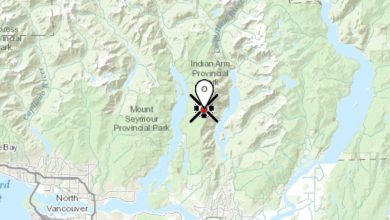Low snowpack and drought | Vancouver Sun

Article content
B.C.’s snowpack continues to be below normal despite a recent snowfall in many parts of the province, according to the province’s March update.
The provincial average snowpack is 66 per cent of normal, and of the 217 snow measurements taken, 12 are at a record low for March, said David Campbell, head of B.C.’s River Forecast Centre.
Article content
A low snowpack puts B.C. at risk of another summer of drought and wildfires. Last year at this time, the snowpack in the province was significantly higher and B.C. went on to experience deep and prolonged drought after a record-breaking heat wave in May spurred rapid melting and drying. That was followed by a devastating fire season.
Article content
“When we look at some of the low values, they’re sort of in that 30 to 60 per cent of normal range,” he said during a news conference Friday morning.
He said the low snowpack could lead to more drought this summer but also could mean less flooding.
“With the broad, lower than normal snowpack, we are anticipating a decrease in the seasonal flood risk in most areas of the province,” said Campbell.
“The big concern really is around the drought…So we know that as of this time of year the water that we’ve got stored up on the landscape in the snow is below normal, and therefore the flow that we anticipate seeing off that water availability is going to be lower as we come into the summer. And so that certainly is an ongoing concern in terms of the implications for drought.”
Campbell said the recent storms on B.C.’s South Coast has helped boost the snowpack to 66 per cent of normal from about 55 per cent 10 days ago but it’s not enough to determine whether it will ease drought concerns.
Environment and Climate Change Canada has predicted a warmer than normal spring, which Campbell said will likely mean an early snow melt.
Article content
“If it melts early, it’s going to be gone early, and its contribution to continue to flow through the summer is going to be diminished and that’s the key concern so it’s it’s really quite a far looking outlook in terms of the implications of the low snowpack.”
Last summer’s drought led to several fish mortality events, where rivers either ran dry or the shallow water heated up to temperatures lethal for salmon.
Scientists have said that human-induced climate change is already making drought more common and more severe. Warmer temperatures enhance evaporation, which reduces surface water and dries out soil for agricultural use and forests. There is a high probability that drought will become worse if global warming levels continue to rise, according to the UN’s Intergovernmental Panel on Climate Change.
With files from Nathan Griffiths


Share this article in your social network




